Carsten Höller curates JapanCongo in Grenoble

Belgian artist Carsten Höller showed us his fondness for all things Congolese back in 2008, when he opened the Double Club - a restaurant, bar and arts space in London that placed African and Western culture side by side - and now he's indulging his passion once again at Le Magasin (Centre National d'Art Contemporain) in Grenoble. This time around, however, he is pairing Congolese art with that of the East.
For his turn as curator at the gallery, the former Wallpaper* Design Awards judge has delved into the vast African art collections of Jean Pigozzi, an Italian businessman-cum-photographer, who has also begun collecting contemporary Japanese art over the last three years.
'When Jean Pigozzi asked me if I would like to be the curator of his collection of contemporary African art, I was at first sceptical,' says Höller. 'Only when he said that he also has recently built up a collection of contemporary Japanese art, I became really enthusiastic. That's exactly what I am looking for - a new Double Club of sorts.'
Höller has selected the work of sixteen Congolese artists (including Pierre Bodo, Chéri Samba and Pathy Tshindele), confronting them with the same number by Japanese artists (such as Natsumi Nagao, Nobuyoshi Araki and Akihiro Higuchi). The Japanese works hang on a long straight wall, with openings onto small rooms behind, mirrored by a curving wall of Congolese art, with the most 'similar' pieces hanging where the two walls come closest.
But the layout of the show contains a typical Höller twist. Visitors can take a conventional path through exhibition, following the main corridor and moving into the surrounding rooms, or they can go 'behind the scenes', taking a route behind the walls. By exposing the makeshift nature of the installation and making it part of the show, he turns the traditional exhibition experience on its head.
A degree of interactivity has always been important for Höller, as with his Test Sites installation at London's Tate Modern in 2006 - which saw visitors plummet into the depths of the Turbine Hall via a series of twisting slides. 'You could say that the real material I am working with is people's experience,' he once said. Here, it adds another interesting layer to his exploration of origin and cultural identity.
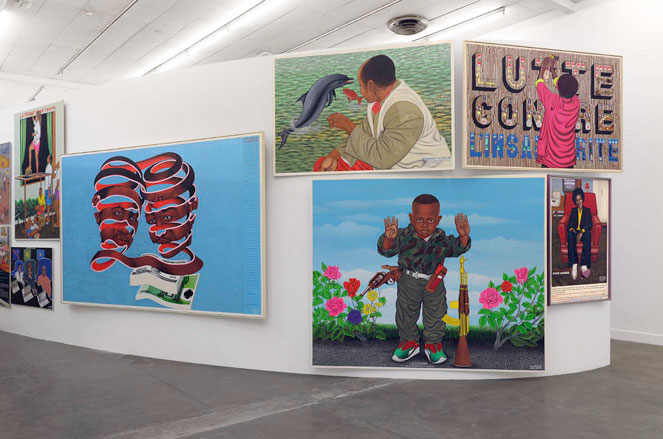
.. opposite a curving wall of works by Congolese artists. The most ’similar’ pieces hang where the two walls come closest
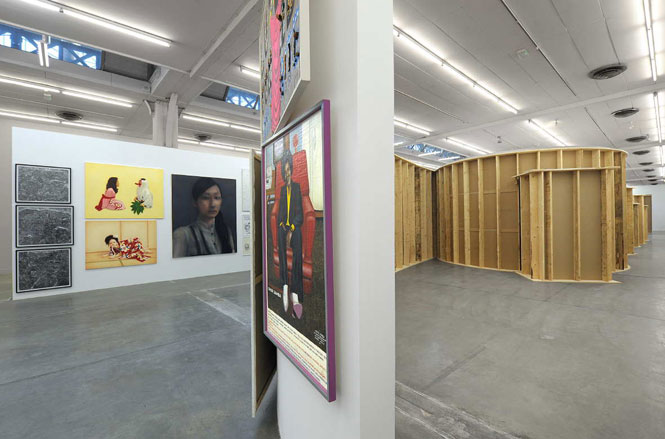
Visitors can take a conventional path through exhibition, following the main corridor and moving into the surrounding rooms, or they can go ’behind the scenes’, taking a route behind the walls. By exposing the makeshift nature of the installation and making it part of the show, he turns the traditional exhibition experience on its head
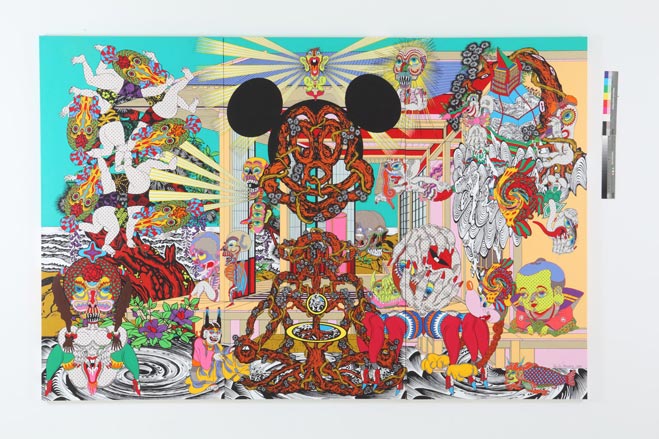
Japanese art: ’Mysterious Deliverance’ by Keiichi Tanaami, 2010
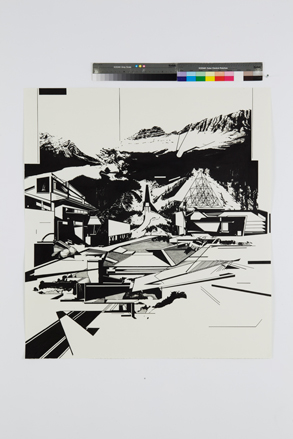
Japanese art: ’On Slope’ by Hiroki Tsukda, 2009
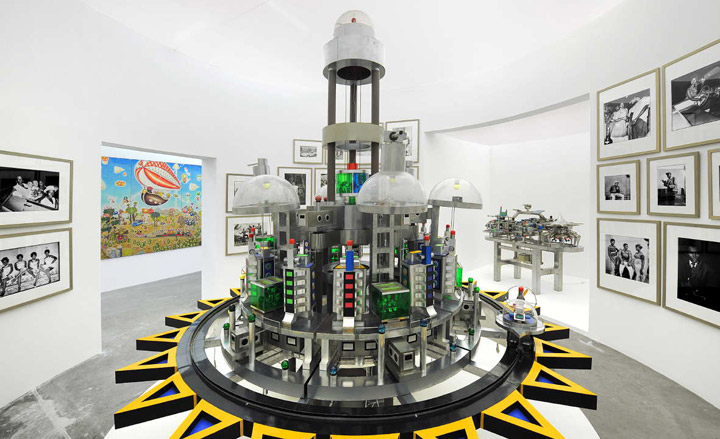
Congolese art: ’Cité des étoiles’ by Rigobert Nimi, 2006
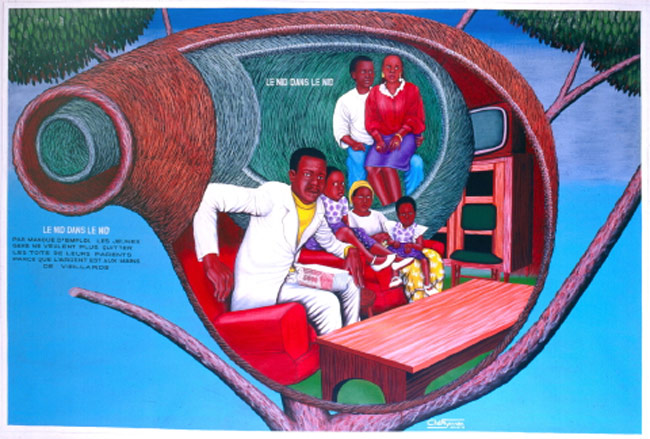
’Le Nid dans le nid’ by Cheri Samba, 1996
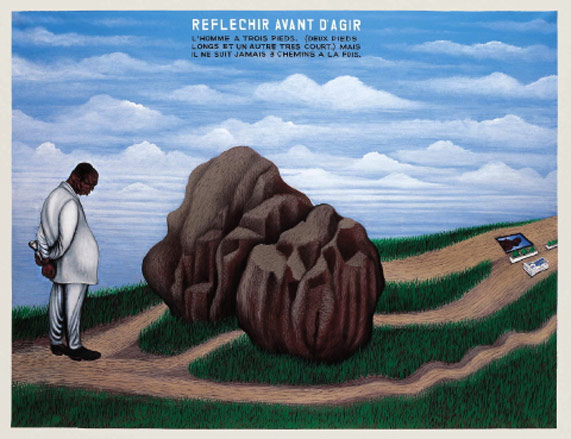
’Réfléchir avant d’agir’ by Chéri Samba, 1990
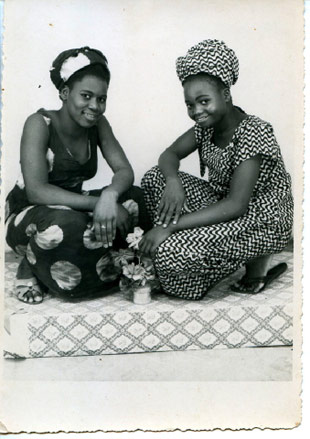
Untitled by M Sidibé, 1971
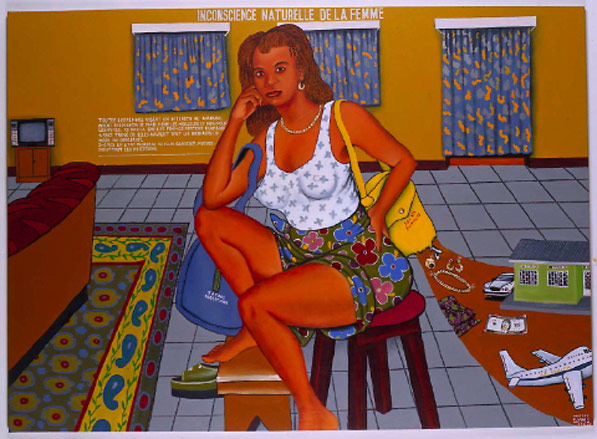
’Inconscience naturelle de la femme’ by Maitre Syms, 1999
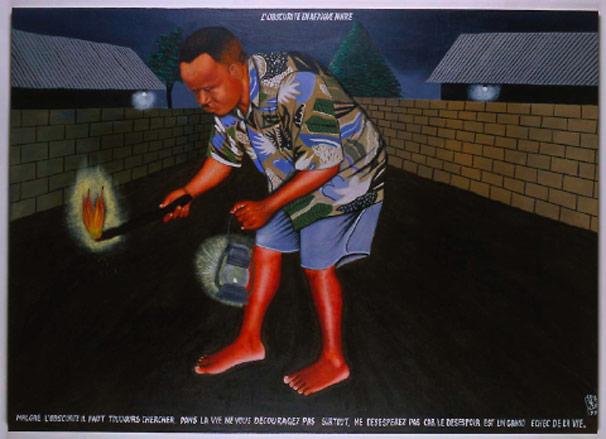
’L’obscurité en Afrique Noire’ by Maitre Syms, 1999
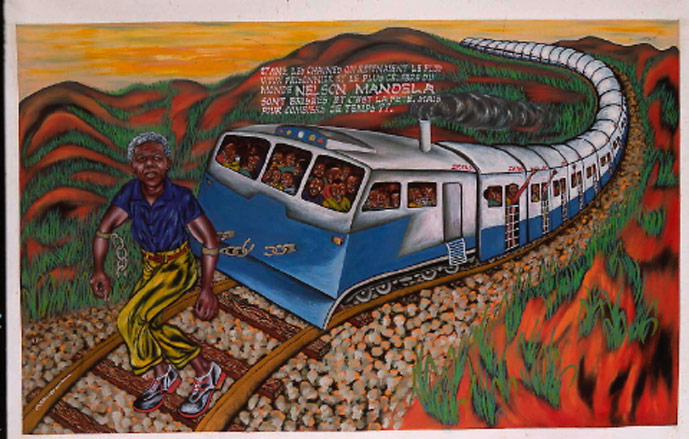
’Nelson Mandela’ by Cheik-Ledy, 1990
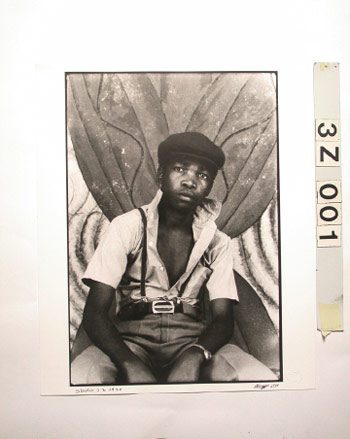
Photo Passeports’ by 3Z, 1975

Untitled by Moké, 1998
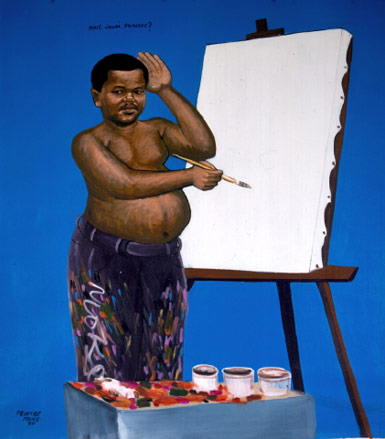
’Mais quoi peindre? (Tryptique III) by Moké, 2010
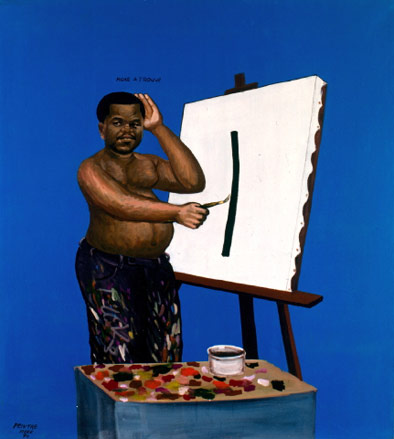
Tryptique II by Moké, 2010
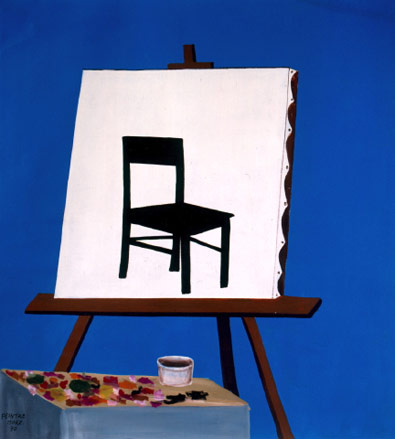
Tryptique III by Moké, 2010
ADDRESS
Wallpaper* Newsletter
Receive our daily digest of inspiration, escapism and design stories from around the world direct to your inbox.
155 Cours Berriat
Site Bouchayer-Viallet
38000 Grenoble
Malaika Byng is an editor, writer and consultant covering everything from architecture, design and ecology to art and craft. She was online editor for Wallpaper* magazine for three years and more recently editor of Crafts magazine, until she decided to go freelance in 2022. Based in London, she now writes for the Financial Times, Metropolis, Kinfolk and The Plant, among others.
-
 Naoto Fukasawa sparks children’s imaginations with play sculptures
Naoto Fukasawa sparks children’s imaginations with play sculpturesThe Japanese designer creates an intuitive series of bold play sculptures, designed to spark children’s desire to play without thinking
By Danielle Demetriou
-
 Japan in Milan! See the highlights of Japanese design at Milan Design Week 2025
Japan in Milan! See the highlights of Japanese design at Milan Design Week 2025At Milan Design Week 2025 Japanese craftsmanship was a front runner with an array of projects in the spotlight. Here are some of our highlights
By Danielle Demetriou
-
 Tour the best contemporary tea houses around the world
Tour the best contemporary tea houses around the worldCelebrate the world’s most unique tea houses, from Melbourne to Stockholm, with a new book by Wallpaper’s Léa Teuscher
By Léa Teuscher
-
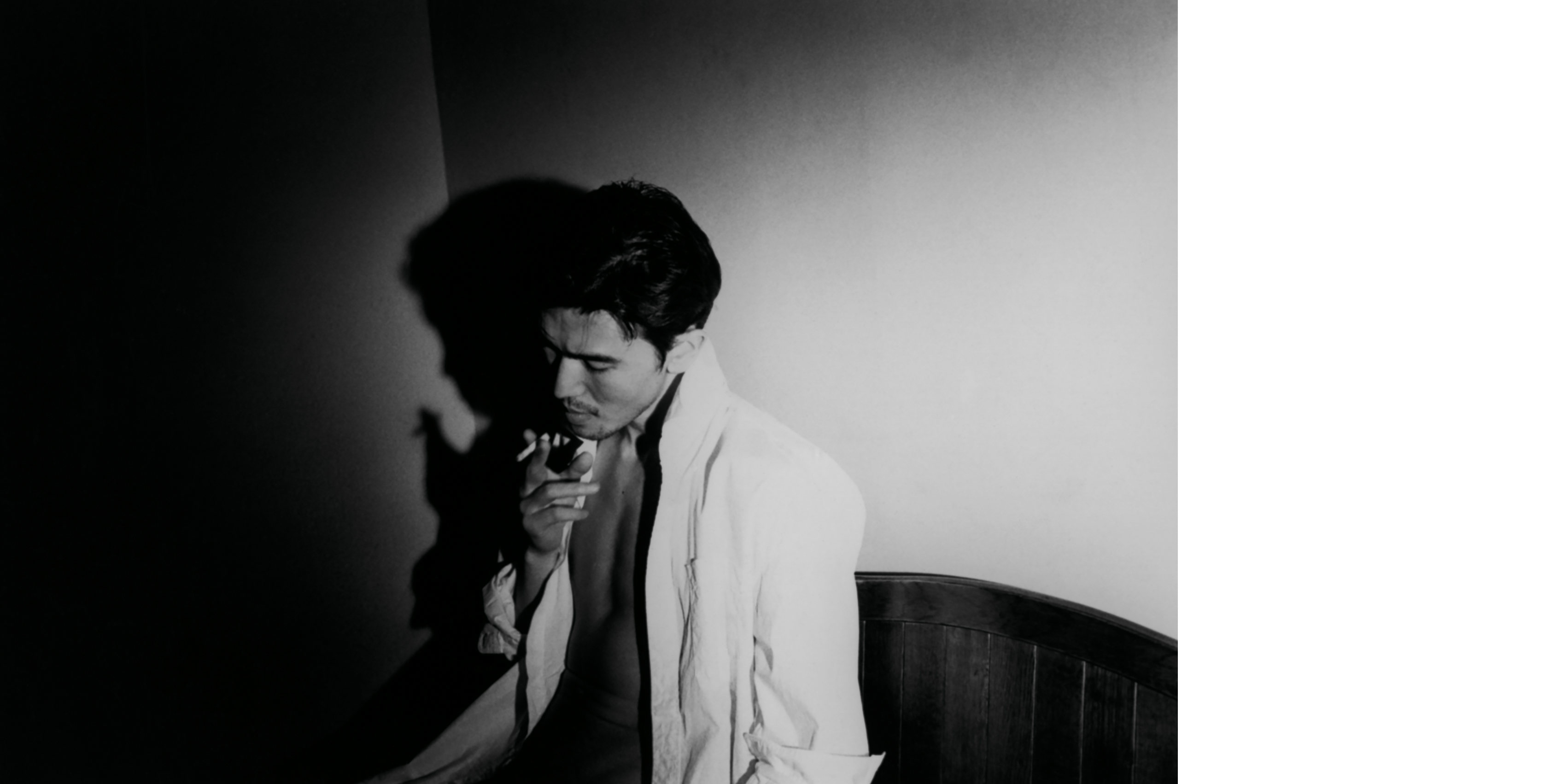 'I’m So Happy You Are Here': discover the work of Japanese women photographers
'I’m So Happy You Are Here': discover the work of Japanese women photographersSubtitled ‘Japanese Women Photographers from the 1950s to Now’, this new monograph from Aperture is a fascinating insight into a critically overlooked body of work
By Jonathan Bell
-
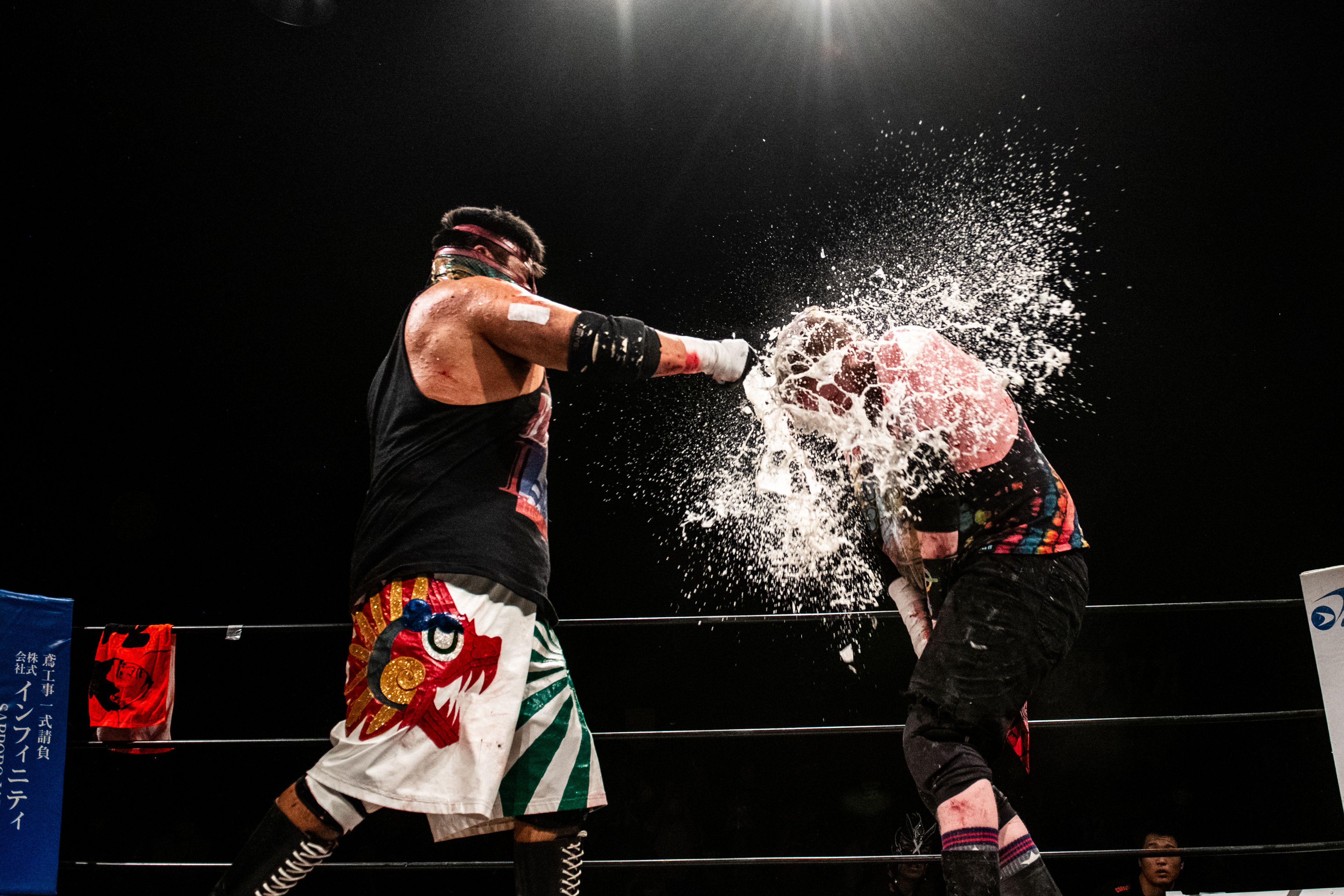 Deathmatch wrestling’s behind-the-scenes moments and bloody glory
Deathmatch wrestling’s behind-the-scenes moments and bloody gloryA new limited-edition book explores the intersection between art and deathmatch wrestling at a sold-out show held in Tokyo
By Anne Soward
-
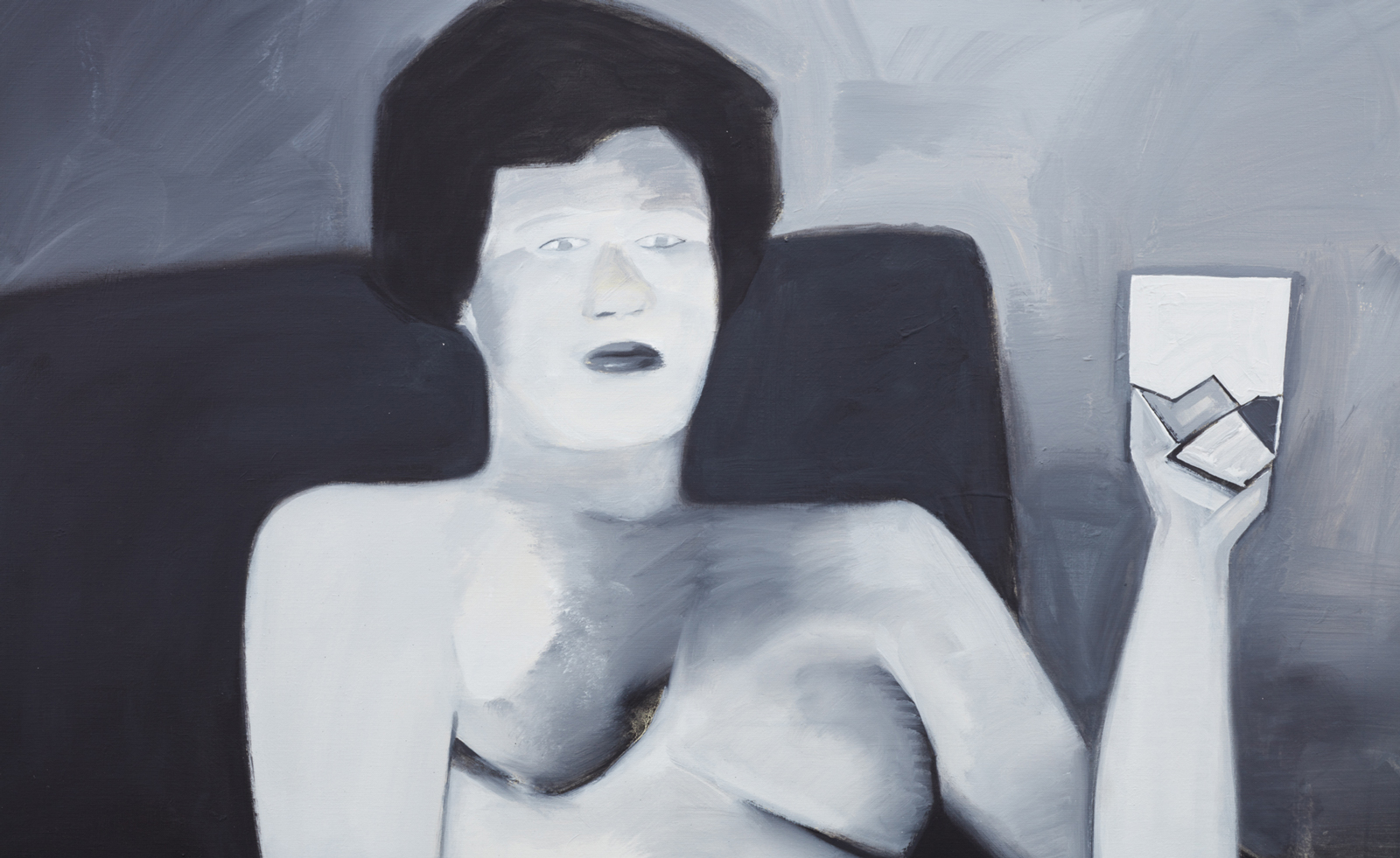 BLUM marks 30 years of Japanese contemporary art in America
BLUM marks 30 years of Japanese contemporary art in AmericaBLUM will take ‘Thirty Years: Written with a Splash of Blood’ to its New York space in September 2024, continuing its celebration of Japanese contemporary art in America
By Timothy Anscombe-Bell
-
 Olafur Eliasson inaugurates Azabudai Hills Gallery in Tokyo
Olafur Eliasson inaugurates Azabudai Hills Gallery in TokyoOlafur Eliasson marks launch of Azabudai Hills Gallery, in Tokyo’s major new district, with a show of elemental strength
By Danielle Demetriou
-
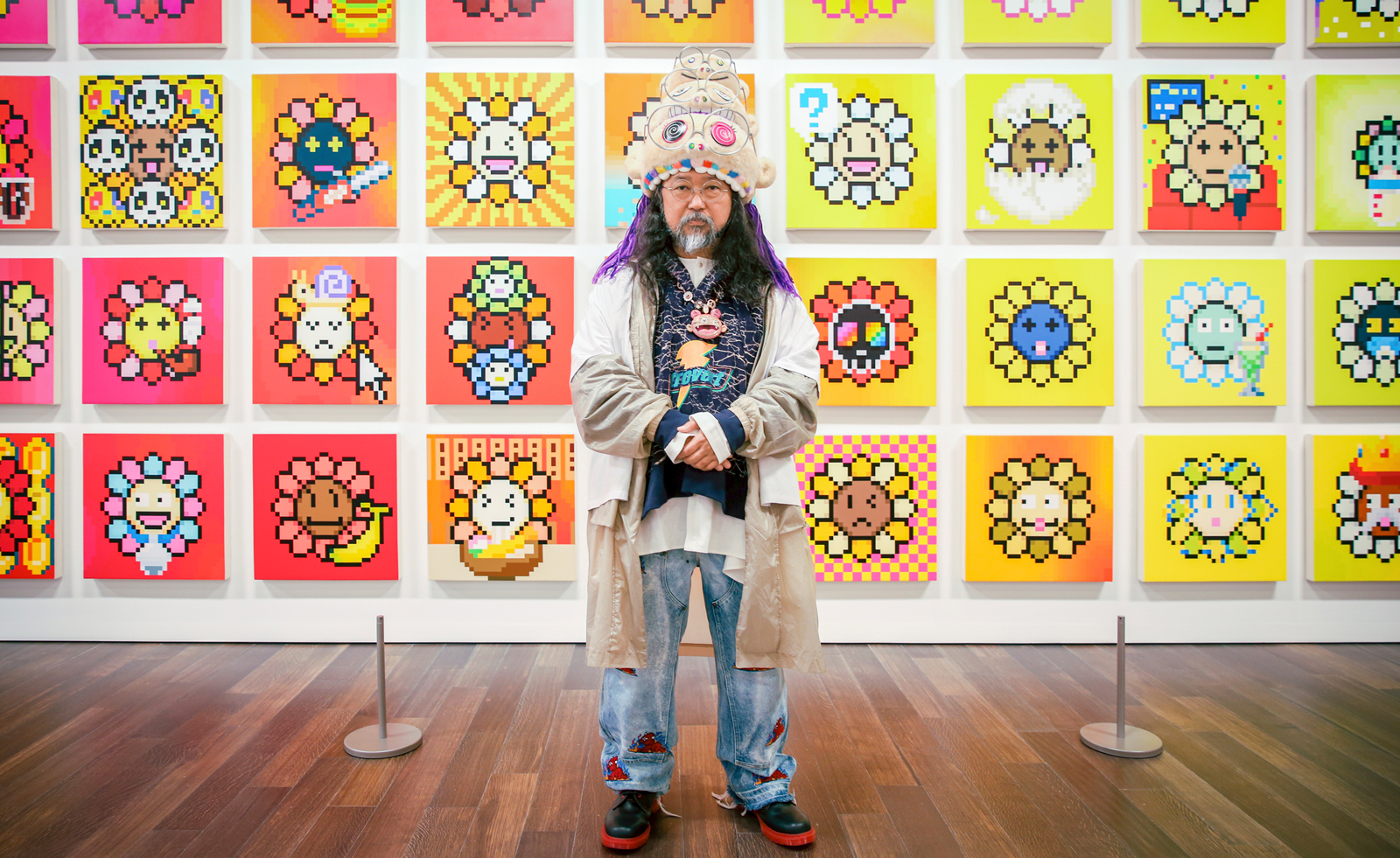 Takashi Murakami on his monsterizing San Francisco show
Takashi Murakami on his monsterizing San Francisco showTakashi Murakami tells us of pandemic-inspired creatures, eye-popping flowers, and NFTs as he explains the making of his exhibition at Asian Art Museum in San Francisco
By Pei-Ru Keh
-
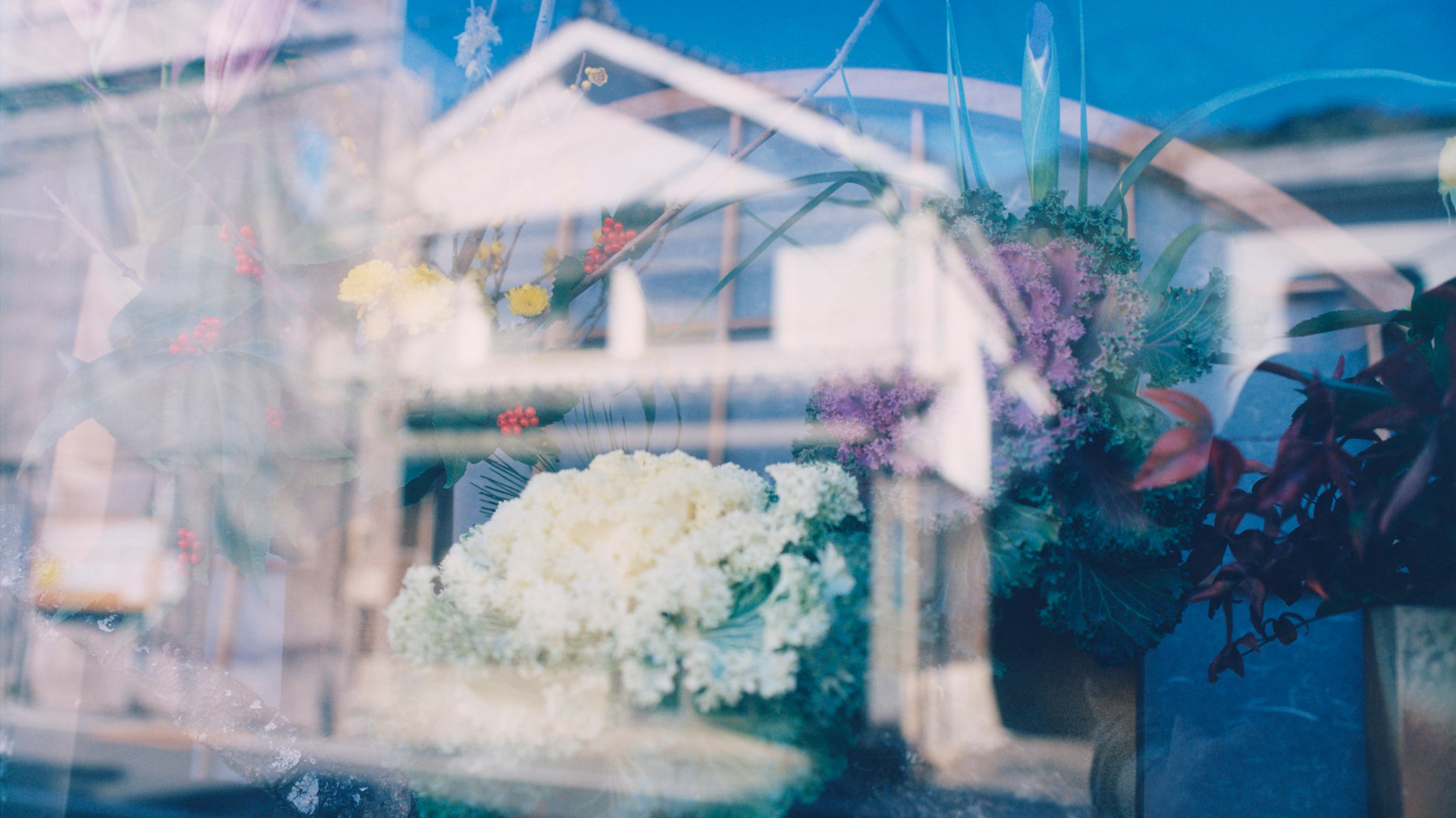 Photographer David Abrahams captures quiet moments in Japan for his new London show
Photographer David Abrahams captures quiet moments in Japan for his new London show‘Kyushu’ is a new show from photographer David Abrahams that documents his trip to a town on the Japanese island
By Mary Cleary
-
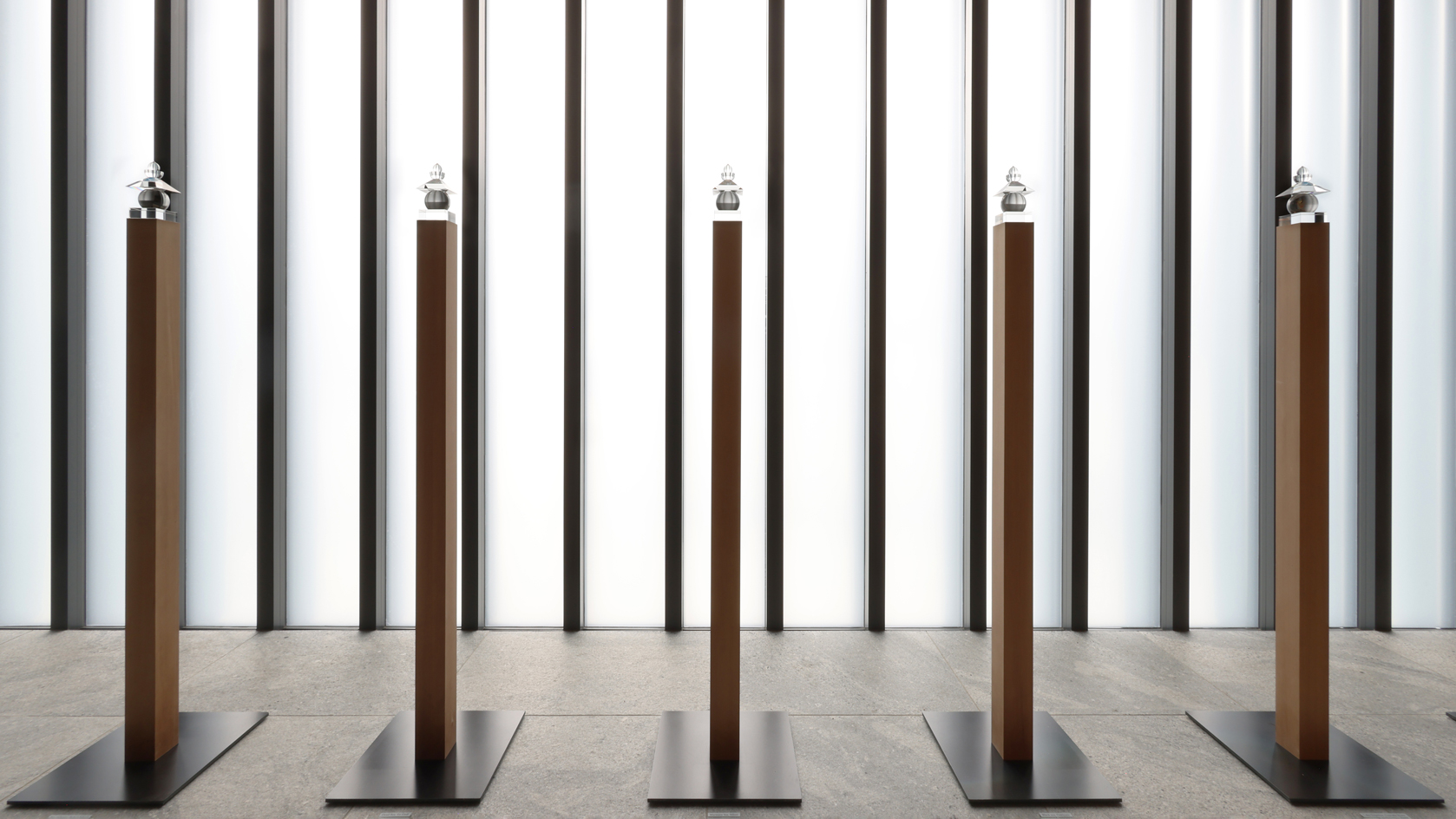 Hiroshi Sugimoto: ‘The deeper I explore Shinto and Buddhist art, the more it reveals the shallowness of contemporary art’
Hiroshi Sugimoto: ‘The deeper I explore Shinto and Buddhist art, the more it reveals the shallowness of contemporary art’‘Hiroshi Sugimoto – The Descent of the Kasuga Spirit’, at the Kasuga-Taisha shrine in Nara, Japan, sees the acclaimed photographer draw on Japan’s spiritual past and present
By Minako Norimatsu
-
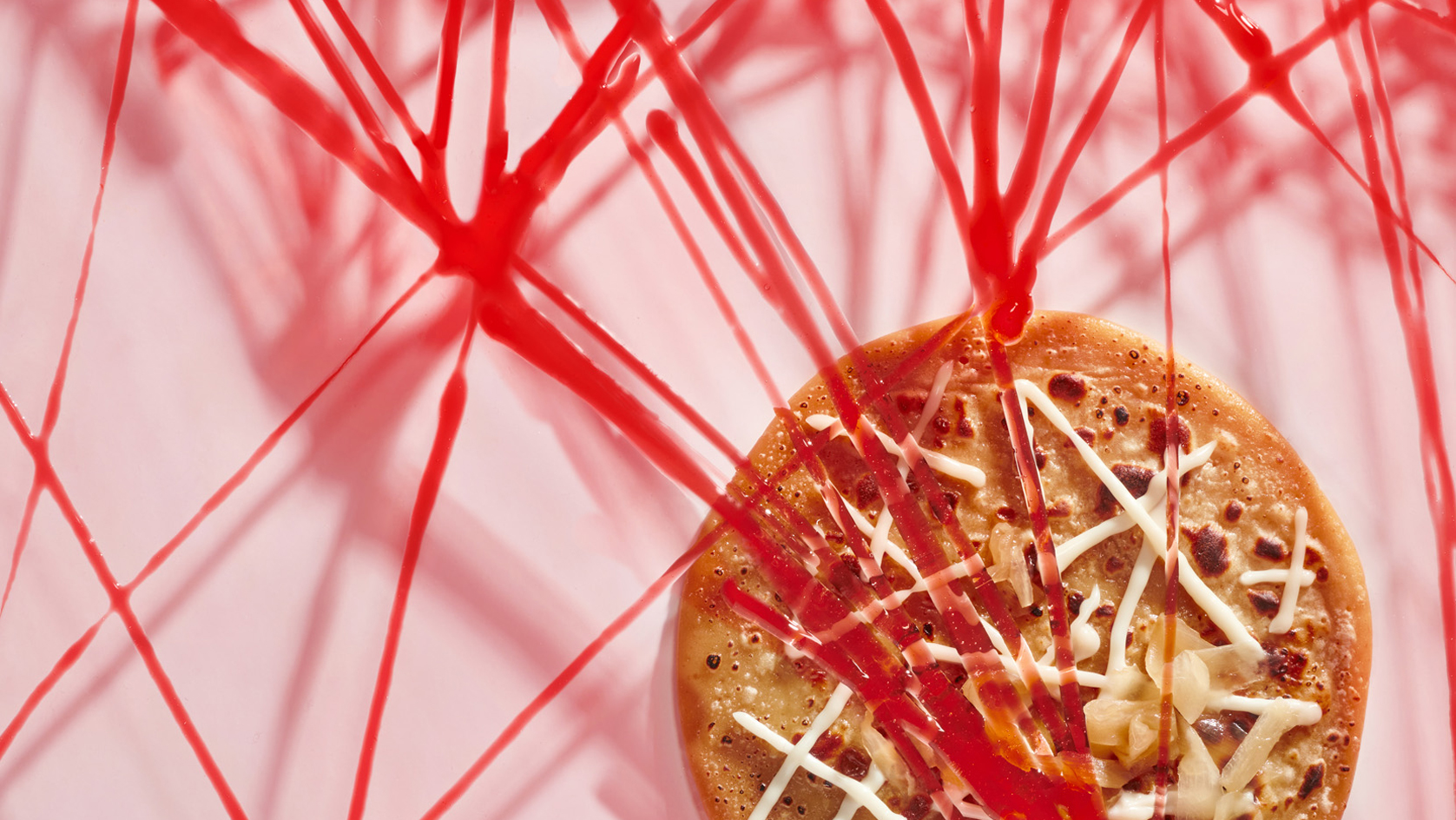 Artist’s Palate: Chiharu Shiota’s recipe for okonomiyaki
Artist’s Palate: Chiharu Shiota’s recipe for okonomiyakiGet tangled up in Chiharu Shiota’s recipe for okonomiyaki, from our January 2023 issue’s Artist’s Palate feature, a Wallpaper* homage to our favourite contemporary art
By TF Chan